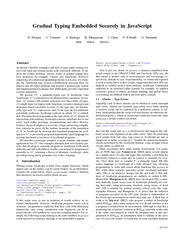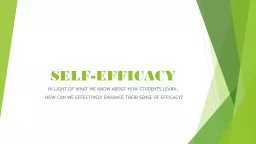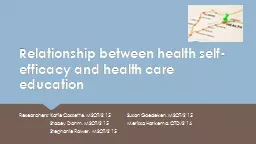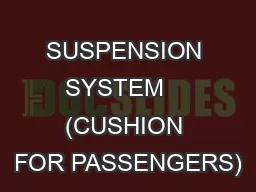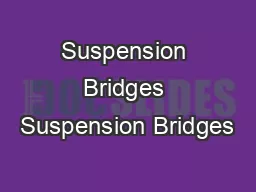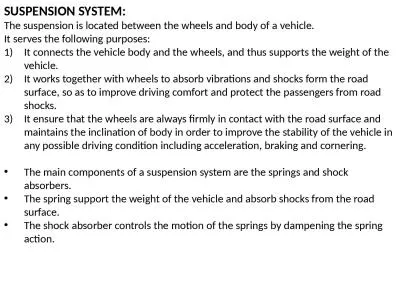PPT-Song of Myself Self-Efficacy and the Suspension Student
Author : jane-oiler | Published Date : 2018-02-16
Courtney Bray Cathe Nutter Texas Tech University SelfEfficacy definition A persons belief in hisher ability to perform a particular task or activity It is NOT selfesteem
Presentation Embed Code
Download Presentation
Download Presentation The PPT/PDF document "Song of Myself Self-Efficacy and the Sus..." is the property of its rightful owner. Permission is granted to download and print the materials on this website for personal, non-commercial use only, and to display it on your personal computer provided you do not modify the materials and that you retain all copyright notices contained in the materials. By downloading content from our website, you accept the terms of this agreement.
Song of Myself Self-Efficacy and the Suspension Student: Transcript
Download Rules Of Document
"Song of Myself Self-Efficacy and the Suspension Student"The content belongs to its owner. You may download and print it for personal use, without modification, and keep all copyright notices. By downloading, you agree to these terms.
Related Documents


